The most common garden weeds: types, names, control measures
From an agrotechnical point of view, plants are divided into weeds and cultivated. Weeds in the garden cause a lot of trouble, you have to fight them every year. To defeat the enemy, you need to know him by sight. The names and descriptions of weeds will help summer residents understand what exactly they have to deal with and choose a way to destroy weeds on the site.
Types of garden weeds
Weeds differ in the type of food they eat. Taking this factor into account, they are divided into three groups:
- Parasitic Are the most dangerous weeds. As they grow, they attach to and feed on the roots and stems of other plants.
- Partially parasitic - these plants can carry out the process of photosynthesis, but for full development they need additional nutrition obtained from the stems and leaves of neighbors.
- Non-parasitic - the grass of this type develops well by itself due to solar energy and microelements extracted from the soil.
The weed development cycle can last from 1 to 4 years. Non-parasitic species of weeds most often settle in the garden. They tend to have a high growth rate and can quickly drown out crops if left unchecked.
The types of weeds in the garden that can be found in Russia are not so numerous, getting acquainted with their list will not take much time.
Creeping wheatgrass
One of the common weeds that is very difficult to eradicate. It gets its name from its powerful branched roots that quickly take over territory.
Description of the plant:
- herbaceous perennial belongs to the Zlakovy family;
- the height of the plant can reach 120 cm, and the creeping rhizome grows up to several meters long;
- the weed can take root in loose soil to a depth of 1 m, but most often the roots are located superficially;
- leaves - narrow, elongated, with prominent veins;
- wheatgrass color can be green or bluish;
- during the flowering period, bare spikelets with 4–7 flowers covered with scales are formed on the plant;
- flowering occurs in June-July;
- seeds ripen from late July to early September.
The weed tolerates drought well. High humidity causes rapid growth of creeping wheatgrass. The plant is highly harmful, as it greatly depletes the soil and dries up the fertile layer.
Field bindweed
This weed is widespread in all countries and is considered one of the most dangerous. The plant draws nitrogen from the mail, thereby depleting it. Braiding the stems of plants, the bindweed strongly inhibits their growth, causing some crops to lodge.
Description of the plant:
- belongs to herbaceous perennials of the Vyunkov family;
- has a long curly stem and a branched creeping rhizome;
- during flowering, pale pink, white and purple bells appear on the bindweed;
- the flowering period lasts from spring to late autumn;
- the leaves have long petioles, shaped like an arrowhead;
- the root of one plant can extend up to 3 m in length;
- the central rhizome is capable of growing to a considerable depth.
Reproduction takes place by seed and root suckers. The plant is extremely prolific. Weed seeds remain viable for up to 50 years. After removing the upper (aerial) part, the roots are able to give new shoots. Bindweed is very difficult to eradicate.
American (small-flowered galinsoga)
A tenacious annual weed that prefers moist, loose soils. The grass spreads very quickly over the site, filling all the free space. In advanced cases, it can cause the death of valuable crops.
Description of the plant:
- belongs to the Astrov family;
- produces thin erect stems with slight pubescence up to 70 cm high;
- lanceolate leaves with a serrated edge are located oppositely on small petioles;
- the root system is superficially fibrous;
- blooms with small white flowers, gathered in umbrellas;
- flowering occurs between July and September.
The seeds are easily carried by the wind. Seed material of the American woman does not lose germination for 10 years. The seeds remain viable in severe frosts, waterlogging, drought, and are able to ripen after cutting. The weed often infests potato plantings.
Garden purslane (dandur)
Purslane prefers sunny areas. It is undemanding to the quality of the soil.
Description of the plant:
- unpretentious annual 20 cm high;
- stems are red-brown in color;
- leaves - thick, waxy, oval or round;
- the weed blooms with small yellow flowers throughout the summer.
The plant produces a huge amount of seeds. Purslane quickly spreads through the garden and is able to survive in the most difficult conditions. It is necessary to get rid of weeds before the flowering period. For complete eradication, it requires the removal of not only greenery, but also the roots.
Field thistle (pink thistle)
A vicious perennial weed that lives everywhere. It can be propagated by seed and root growth. It is dangerous for all cultivated plants; in a short time, the sow thistle forms impenetrable thickets and draws out all nutrients from the soil.
Description of the plant:
- belongs to the Astrov family;
- has a long taproot that can grow to a depth of more than 3 m;
- on the roots there are many vegetative buds used for reproduction;
- the plant has a straight brown stem with sharp spines;
- the height of the weed can reach 1.5 m;
- oblong leaves are arranged alternately, have pubescence from below;
- purple flowers are in scaly baskets;
- flowering period lasts from mid-July to late August.
With the help of the wind, achenes can sweep a considerable distance, their germination remains up to 20 years. The seeds are able to germinate even in an immature state.
Thistle thistle
A weed with a two-year development cycle that infests crops. Thistle promotes the spread of viral, fungal and bacterial diseases, attracts pests, deprives food crops, and promotes shading.
Description of the plant:
- belongs to the Astrov family;
- the height of the bush reaches 2 m;
- pubescence is present on the stems;
- leaves - pinnate, with thorns, arranged alternately;
- inflorescences consist of single baskets with purple tubular flowers;
- flowering period lasts from June to September;
- the seeds begin to ripen in July.
One plant produces up to 45,000 hemicarps per season. It is important to get rid of the weed before flowering. The plant is able to quickly capture the usable area, oppressing the planted crops.
Stinging nettle
A ubiquitous weed plant. It is almost impossible to completely eradicate the weed. Nettle loves moist, nitrogen-rich soils.
Description of the plant:
- belongs to the Nettle family, numbering about 50 species;
- it can be annual and perennial plants;
- the stem and leaves are covered with stinging hairs;
- solid sheet plates, with a jagged edge;
- staminate flowers are collected in inflorescences.
Young nettle has medicinal properties, it is used in folk medicine and cooking.
Weed control in the garden
Controlling common weeds in your garden involves the same methods.Traditional methods of killing weeds are weeding and deep digging or plowing of the soil. Mowing is often used. By cutting off the aerial part of the weeds, you can weaken their rhizome and cause death. The cut greens cannot be left on the site, they must be burned. If this is not done, plants are able to give new rooting shoots or multiply by seeds that have ripened after mowing.
There are also other ways to remove weeds:
- Application of chemical herbicides. This group includes drugs: "Roundup", "Hurricane", "Tornado", "Glyphosate". It is better not to use chemical agents in the immediate vicinity of garden crops, but to process abandoned places with them. The drugs are used at the boundaries of the site, along the fence and walls of buildings. Within 3-4 weeks, the chemical compounds will decompose and become completely safe.
- Mulching. This is a great way to protect the site from weeds for those who rarely visit their summer cottage. The ground must first be weeded out, and then covered with a dense layer of mulch from bark, wood chips, small pebbles, and freshly cut grass.
- Using a covering material. Covering the beds with cardboard, black film, agrotextile, it will be possible to get rid of weeds: in the dark they simply cannot germinate. Agrofibre is not cheap, but it lasts for several years. As a result, such a purchase will be economically profitable. The film and agrotextile are laid on the soil before planting the seedlings, and then holes are cut in those places where the cultivated plants will be planted.
After harvesting, you cannot leave the land empty, the ridges will quickly fill with weeds. In this case, siderates will come to the rescue. After sowing rapeseed, phacelia, white clover, mustard, the seedlings should be mowed after 3 weeks and embedded shallowly into the soil (3-4 cm). Then the soil will need to be watered abundantly. In this case, the ridges will be rid of weeds and receive natural fertilization. There are also ground cover types of flowers and greenery, displacing weeds from the occupied area.
Weeds on the site should be destroyed regularly and in a timely manner, then the cultivated plants will be able to fully develop, remain healthy and give a high-quality harvest. The choice of a method of dealing with weeds remains with the summer resident. You can use covering material, mulching, processing with chemical or folk remedies, weeding, loosening.
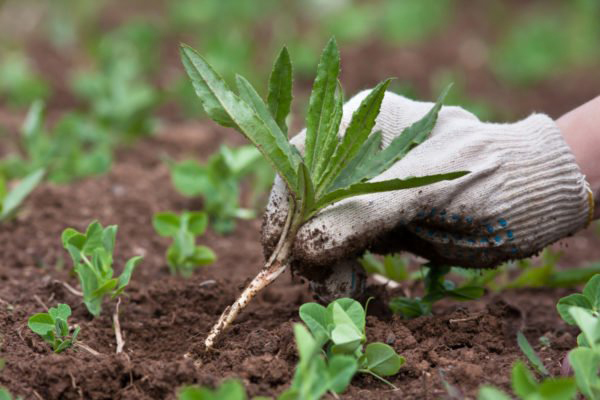
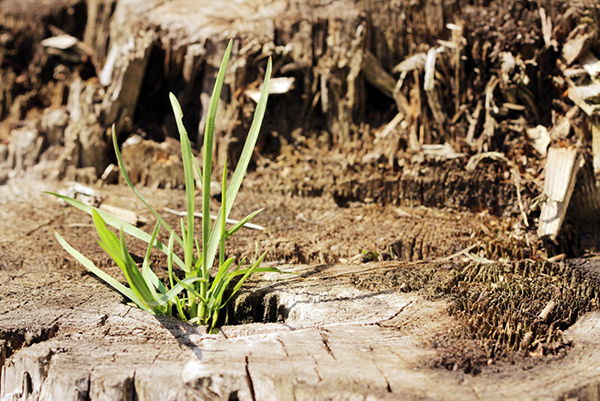
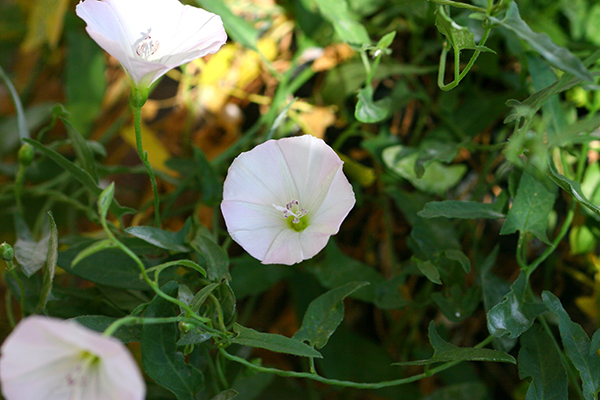
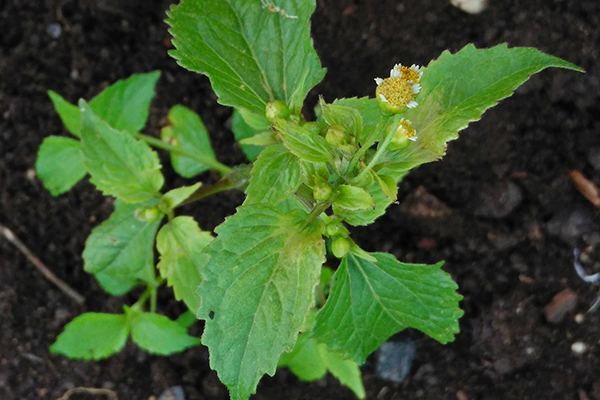
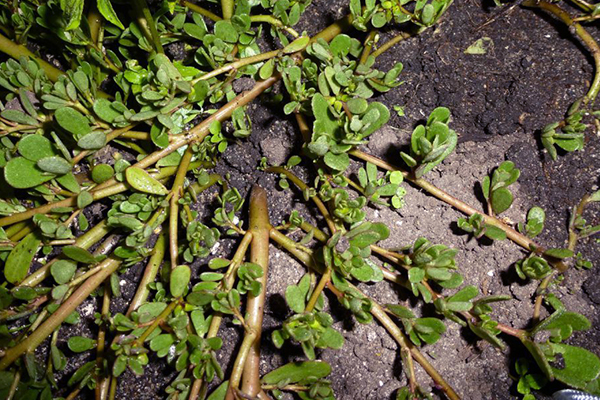
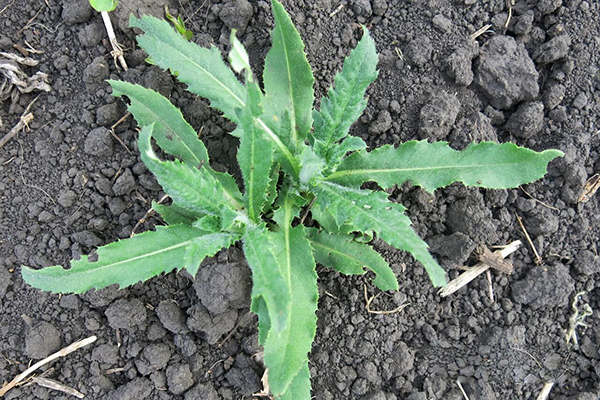

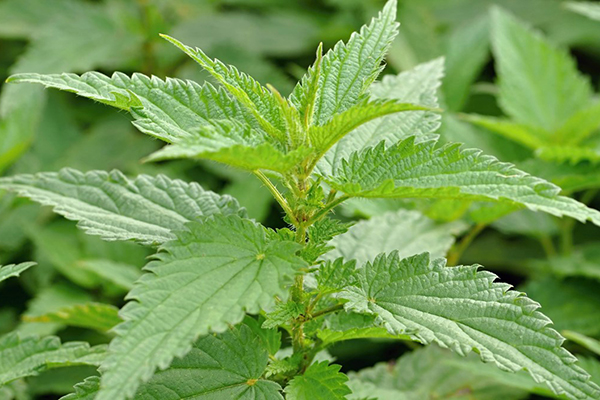
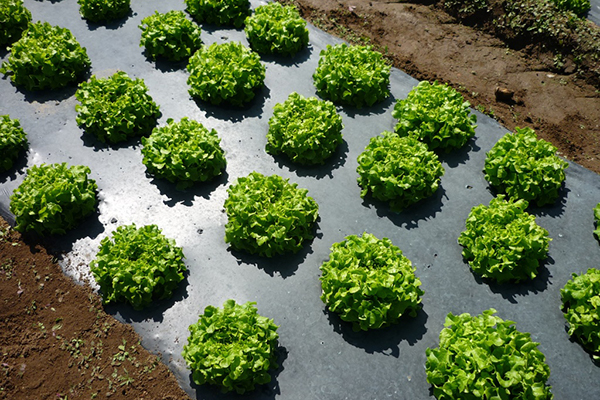
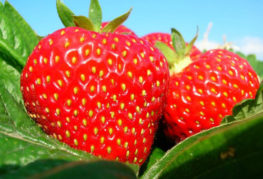
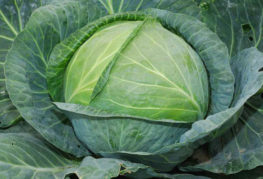
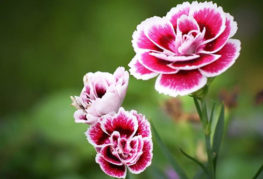
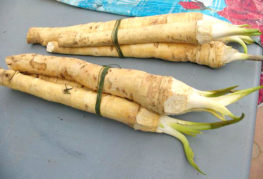
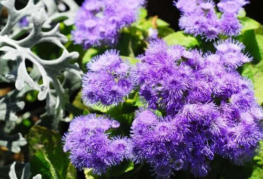
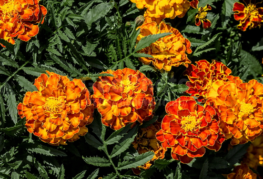
and will be published shortly.